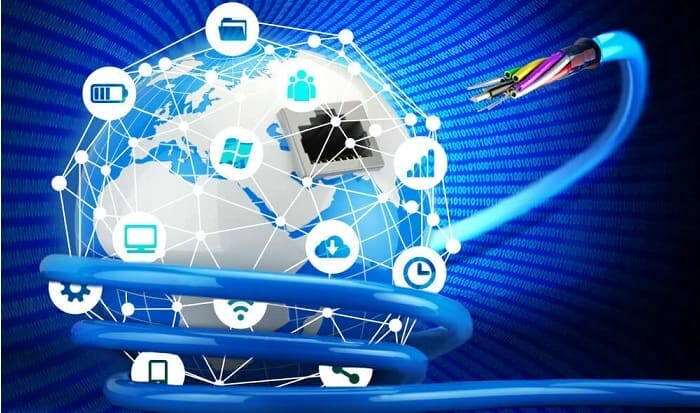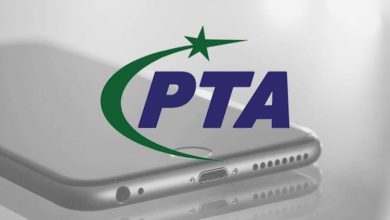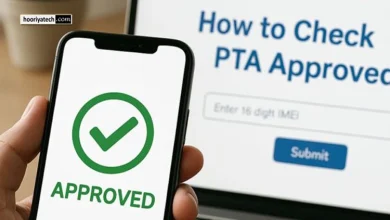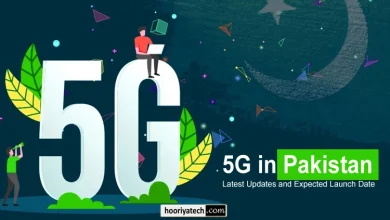Bridging the Digital Divide: Empowering Through Internet Penetration and Broadband Connectivity

Introduction
In today’s digital age, internet penetration and broadband connectivity have become essential drivers of social and economic progress. Access to reliable internet services is no longer a luxury; it is a necessity for individuals, businesses, and communities to thrive in the digital era. In this post, we will explore the significance of internet penetration and broadband connectivity, their impact on society, and the ongoing efforts to bridge the digital divide.
The Power of Internet Penetration
Internet penetration refers to the percentage of the population that has access to the internet. It plays a vital role in empowering individuals with knowledge, information, and opportunities for social and economic development. As internet penetration increases, it opens doors for education, healthcare, e-commerce, communication, and access to a vast range of digital services. It enables individuals to connect globally, access online resources, and participate in the digital economy.
Broadband Connectivity
The Key to Digital Empowerment: Broadband connectivity refers to high-speed internet access that enables faster and more reliable data transmission. It is a critical component of internet penetration, as it provides the necessary infrastructure to support various online activities. Broadband connectivity offers significant advantages over traditional dial-up connections, enabling seamless streaming, faster downloads, and real-time communication. It serves as the backbone for businesses, educational institutions, healthcare facilities, and government services to function efficiently in the digital realm.
Impact on Society and Economy
- Education: Internet penetration and broadband connectivity revolutionize education by providing access to online learning resources, virtual classrooms, and e-learning platforms. Students can access educational materials, collaborate with peers, and engage in remote learning, regardless of their geographical location. This empowers individuals with lifelong learning opportunities and bridges the educational divide.
- Economic Growth: Access to reliable internet services and broadband connectivity is a catalyst for economic growth. It enables businesses, especially small and medium enterprises (SMEs), to reach wider markets, engage with customers, and conduct e-commerce activities. Internet-enabled entrepreneurship and digital innovation foster job creation, stimulate economic productivity, and contribute to overall prosperity.
- Healthcare: Internet penetration and broadband connectivity have transformed healthcare delivery. Telemedicine, remote patient monitoring, and online consultations allow individuals to access healthcare services from their homes, reducing barriers to healthcare access. It enables healthcare professionals to collaborate, share medical records, and provide timely interventions, particularly in remote or underserved areas.
- Communication and Social Connectivity: Internet connectivity fosters social connectivity by enabling instant communication through various platforms, including social media, messaging apps, and video conferencing. It connects individuals, families, and communities, breaking down geographical barriers and facilitating cultural exchange and collaboration.
Bridging the Digital Divide
Despite the progress made, the digital divide remains a significant challenge. Efforts are underway to bridge this divide and ensure equitable access to internet penetration and broadband connectivity:
- Infrastructure Development: Governments and private sector entities are investing in expanding broadband infrastructure, particularly in rural and underserved areas. This includes laying fiber-optic cables, deploying wireless networks, and leveraging satellite technology to provide internet access to remote regions.
- Digital Literacy and Skills Development: Promoting digital literacy programs is crucial to empower individuals with the necessary skills to navigate the digital world. These initiatives aim to enhance digital literacy among communities, improve digital skills, and enable individuals to leverage internet resources effectively.
- Public-Private Partnerships: Collaboration between governments, telecom operators, and other stakeholders is vital to address the challenges of internet penetration and broadband connectivity. Public-private partnerships foster investment, knowledge sharing, and policy development to create an enabling environment for widespread connectivity.
Conclusion
Internet penetration and broadband connectivity have become vital pillars of the digital age, empowering individuals, businesses, and societies.




